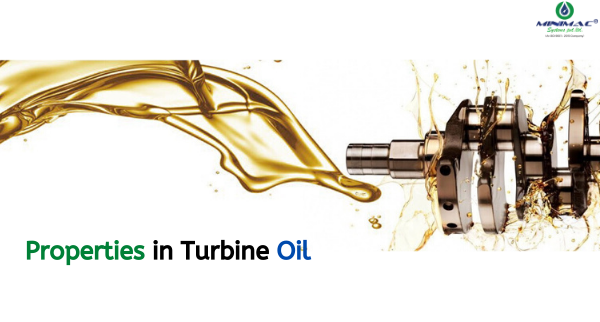Temporary power connection Do's and Don'ts.

Do’s : 1. Ensure taking a work permit from the site in charge and conduct a Tool Box Talk. 2. All electrical jobs to be conducted by a certified electrician. 3. Ensure all the equipment is flameproof. 4. Equipment that operates in three-phase power should have double neutral earthing. 5. The use of an Earth-leakage circuit breaker is a must for all the equipment. 6. The current rating for all equipment should not be greater than 30Amps. 7. Ensure use of proper rating Direct On Line Motor Starter in individual machines. 8. Ensure use of proper armored cables for the main power connection. 9. If there are cable lying on the road crossings or pathways should be covered and concealed to protect them from physical damage. 10. Cables without any joints should be used at all times. 11. Cables should be laid above the ground to the maximum possible extend. 12. Electrical connections should be kept clean, dry, and tight at all times. 13. Ensure all p...





